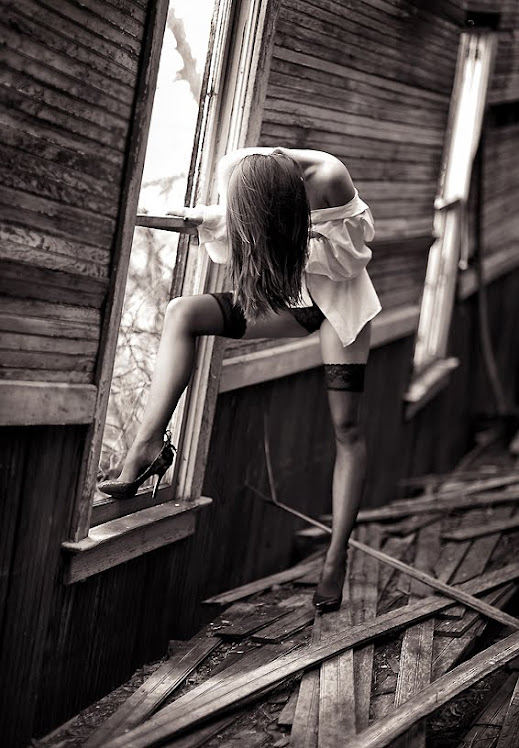The longer I have been at this the more I believe the photographers skill at interacting with the person being photographed is at least as important as the technical skills a photographer needs to be any good at outdoor portrait photography.
Those of you that have been shooting outdoor portraits for any length of time and have perfected your craft know that the technical skills required tend to become second nature.
Technical knowledge of how the camera works, iso, shutter speed, f-stops, are chosen/adjusted almost without even thinking about it.
Don't get caught up in the equipment, a good portrait can be achieved with pretty much any camera and lens if you know what you are doing.
Don't get caught up in "the rules", if it looks good shoot it.
Light, backgrounds, composition, pose, personality, these are the components of a good portait.
Shoot during the right time of day to afford yourself the best light for the settings you have chosen.
Select the background first. The background is an accessory and should not compete with your subject for attention.
See the entire frame and place your subject into the frame in the most eye pleasing way.
Interact with your subject to put them in a position to look natural and complimentary.
The hardest part is to get some personality into the photo, this is where the 20 minutes you spent chatting with them and getting to know them at the start of the shoot comes into play.
Most would be outdoor portrait photographers will never put in the time and practice required to reach a level of competency and confidence which allows the technical aspects of the photography to get out of their way like they do for an experienced photographer.
A photographer whose attention is consumed with the technical and artistic requirements during the shoot is not free to concentrate on what is really the most important aspect of good portraiture, the psychology of the photographer subject relationship and the interaction with the subject during the actual shoot.
It is much more difficult for a portrait subject to relax and feel confident in an environment where the photographer is spending the majority of their time messing, wrestling with their equipment.
If the photographers subject never reaches a point where they can relax, feel comfortable and trusting, then their true self will never be revealed to the camera.
This then is what separates great portraits from nicely exposed snapshots.
Now some photographers are naturals at putting their subject at ease quickly, some not so much.
This is where natural light photographers have a bit of an advantage. Spending to much time moving setting up adjusting and fidgeting with lights is really death on the relationship the photographer needs to form with the client.
Then the shoot has the potential to turn into one of those robotic, ok turn your chin to the left, put your hand on your shoulder, ok chin up 1 inch, smile, click.
Overdirecting, overposing, of the subject is a recipe for failure.
Find your background, place the subject where you want them in the frame, provide minor input and let them go. Many subjects will require some coaching, but keep it light and fun.
If your subject is relaxed, having fun and feeling attractive, that is when the magic happens :).
Anyway that is pretty much how I see it.

